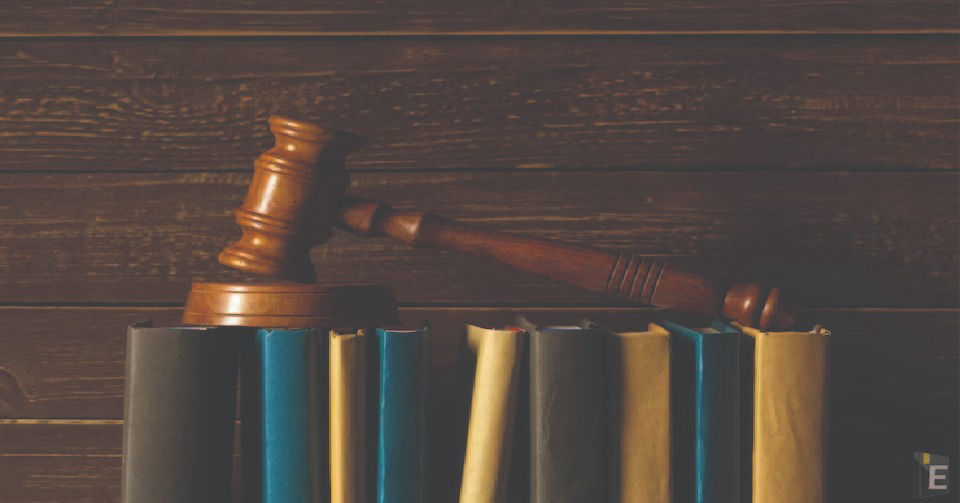Indian Constitution GK Quiz with Answers

Who is considered the creator of the Constitution of India?
(A) Mahatma Gandhi
(B) B.R. Ambedkar
(C) Jawaharlal Nehru
(D) BN Rao
Correct Answer : B
Explanation :
Dr BR Ambedkar, the chairman of its Drafting Committee, is considered the chief architect of the Indian Constitution which provides a comprehensive and dynamic framework to guide and govern the country, keeping in view her unique social, cultural and religious diversity.
From which day the Constituent Assembly emerged as a provisional parliament?
(A) 24 January, 1950
(B) 25 January, 1950
(C) January 26, 1950
(D) 18 February, 1950
Correct Answer : C
Explanation :
On 26 January 1950, the constitution took effect (commemorated as Republic Day), and the Constituent Assembly became the Provisional Parliament of India (continuing until after the first elections under the new constitution in 1952).
Who amongst the following appoints the governor of a state in India?
(A) Members of the Legislative Assembly
(B) Members of the Parliament
(C) Central Government
(D) Attorney General
Correct Answer : C
Explanation :
In 1997, the Supreme Court of India enacted the Vishakha Directive to protect women from sexual harassment in workplaces.
Goods and Services Tax (GST) was enacted by Parliament vide Constitutional Amendment Act, 2016 on 8th September 2016.
(A) 101st
(B) 105th
(C) 103rd
(D) 107th
Correct Answer : A
Explanation :
1. The 101st Constitutional Amendment of 2016 is the most far-reaching change from a fiscal perspective since the formation of the first Finance Commission in 1951, providing concurrent powers to the Center and the states in the matter of indirect taxation.
2. This amendment introduced a national Goods and Services Tax (GST) in India from 1 July 2017.
3. GST is based on a concurrent system of indirect taxes, where central and state GST is imposed on every transaction.
Which of the following is not a fundamental right?
(A) Right to freedom of religion
(B) Right to constitutional remedies
(C) Right to property
(D) Availing elementary education
Correct Answer : C
Explanation :
The right to property is not a Fundamental Right but it is a constitutional right.
What is the minimum age to be a candidate for Lok Sabha?
(A) 25 years
(B) 30 years
(C) 35 years
(D) 18 years
Correct Answer : A
Explanation :
Twenty Five Years Article 84 (b) of Constitution of India provides that the minimum age for becoming a candidate for Lok Sabha election shall be 25 years.
How many articles and schedules were there in the constitution finally passed by the Constituent Assembly?
(A) 375 Articles, 7 Schedules
(B) 387 Articles, 7 Schedules
(C) 395 Articles, 8 Schedules
(D) 395 Articles, 10 Schedules
Correct Answer : C
Explanation :
In its final form, the Draft Constitution contains 395 articles and 8 Schedules. The total number of amendments to the Draft Constitution tabled was approximately 7,635. Of them, the total number of amendments actually moved in the house were 2,473.
Which freedom is considered the ‘Hallmark of Democracy’?
(A) Right against exploitation
(B) Right to freedom of religion
(C) Freedom of assembly
(D) Freedom of speech and expression
Correct Answer : D
Explanation :
RIGHT TO FREEDOM OF RELIGION
According to our Constitution, everyone enjoys the right to follow the religion of his or her choice. This freedom is considered as a hallmark of democracy.
What is the number of Lok Sabha seats in Maharashtra?
(A) 42
(B) 34
(C) 48
(D) 48
Correct Answer : D
Explanation :
19 Rajya Sabha members and 48 Lok Sabha members are elected.
Who presented the Objective Resolution in the Constituent Assembly?
(A) Satchidanand Sinha
(B) Jawaharlal Nehru
(C) Dr. B. R. Ambedkar
(D) Acharya J. B. kriplani
Correct Answer : B
Explanation :
Pt. Jawaharlal Nehru introduced the 'Objective Resolution' in the Constituent Assembly on December 13, 1946. This resolution as accepted by the Constituent Assembly, forms the basis of the Indian political system. It guided the Constitution-making process.



